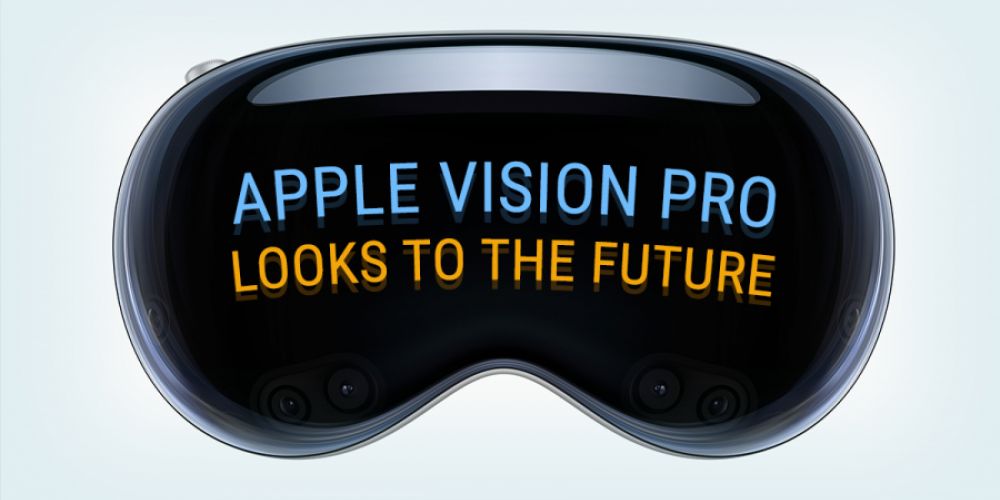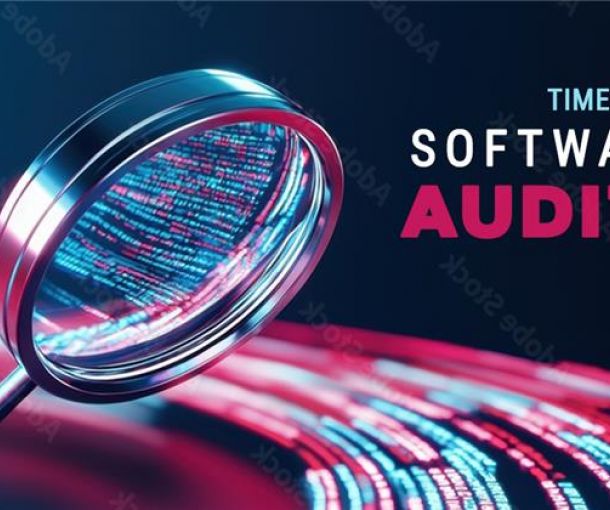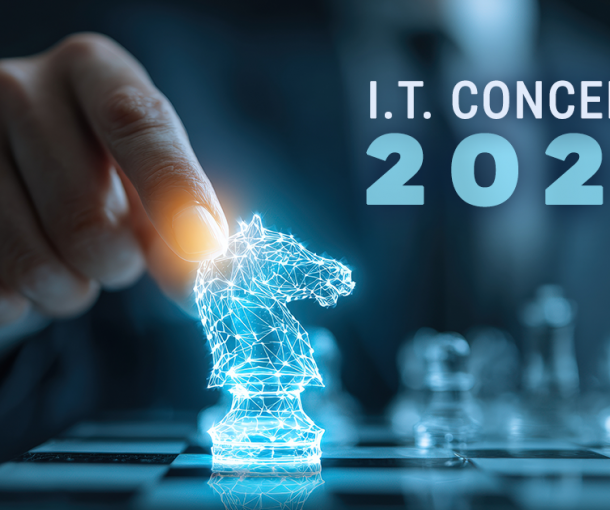
Apple Vision Pro won’t break sales records – but it will still change computing
THINKING – AND ACTING – BEYOND IPHONE
Let’s be clear: Apple needs to wean itself off of its iPhone habit. Last year, 52% of Apple’s revenue of $394.3 billion USD came from iPhone sales. While this is down from previous years – as the company has successfully launched the Apple Watch, AirPods, and its growing ecosystem of services, among others – it still leaves the company vulnerable to slowing growth in smartphone-related revenues.
And make no mistake: that growth is already headed south. IDC recently revised its global handset sales projections for 2023 downward – from an increase of 2.8% to a decrease of 1.1% – amid accelerating economic headwinds. IDC further predicts recovery only in 2024, after which it projects combined annual growth rates of a paltry 2.8% for the subsequent five-year period.
The data reinforces the stark fact that we’ve reached peak smartphone market saturation, where everyone who wants one already has one. So as growth curves flatten because hardware makers are selling handsets almost exclusively to repeat buyers, Apple is uniquely vulnerable because of its heavy reliance on iPhone revenue.
THE NEXT COMPUTING REVOLUTION
The Apple Vision Pro could very well be the Next Big Thing – even the next iPhone or the next great leap in computing. The market for VR/AR/MR headsets is a lot like the smartphone market was in 2007, just before the iPhone was announced. Then, as now, it consisted largely of a few vendors selling clunky, badly integrated, expensive devices. The focus was – and is – entirely on the hardware, with no development ecosystem to speak of.
In all cases, consumers wisely stayed away because there was no “killer app” for them, and no uniquely new or value-added capability that singularly justified buying an otherwise unproven device. Just like early smartphone vendors then, the companies now hawking headsets have thus far done a terrible job explaining why consumers should spend well into four-figures for such a device.
But Apple isn’t just selling hardware, and Tim Cook made that abundantly clear during the keynote, when he opened his introduction with this carefully considered phrasing:
“So today I’m excited to announce an entirely new AR platform with a revolutionary new product.”
Let’s consider those words for a moment. Platform first, then product. Tim Cook wasn’t selling a headset at WWDC. He was introducing a platform, an ecosystem. The headset was and is the means to an end, and his message to developers revolved first and foremost around the synthetic computing ecosystem he wants them to help build.
While the initial Vision Pro hardware is monstrously powerful by any standard, it’s the beyond-hardware pieces that set it apart and ensure there’s more to the story than a single device. Apple spent more time talking about developer tools and support than it did about hardware specs. Because just as an iPhone without its developer ecosystem would be just another smartphone, an Apple Vision Pro would similarly be just another headset.
Apple has drawn from the iPhone playbook – as well as all the services it has successfully launched in the interim – to ensure the Vision Pro has the value-added support of the development community. The iPhone’s value doesn’t lie in the fact that it’s uniquely capable hardware – they’re good phones, but not that good.
Consumers don’t buy iPhones because they have faster processors than equivalent Android-powered devices. They buy them because they grant access to Apple-exclusive apps and services, including iMessage, FaceTime, Apple TV+, Apple Fitness+, and Apple Music, among others – that simply wouldn’t work outside of Apple’s playground.
Likewise, developers buy into Apple’s ecosystem because the company’s strategy is consistent over time, the tools are comprehensive, and the community is vibrant. Which gives them the resources they need to drive their businesses and careers. All this means Apple stands the best chance yet of once again turning a chaotic, directionless market into something we’ll all eventually own.
MORE THAN A CAKEWALK
Unlike its main headset competitors, Apple has a decades-long track record of taking a still-forming market and redefining it with a breakthrough new product that addresses the shortcomings of the incumbents.
The iPod, iPhone, iPad, and Apple Watch, for example, were not the first-ever examples of media players, smartphones, tablets, and smartwatches, respectively. But being first mover was never Apple’s strategy, and history bears out that first movers – like Creative media players and Palm PDAs – rarely stick around long enough for a second act.
Apple instead bided its time before entering any of those markets. It observed its competitors, incorporated learnings from their mistakes, and moved when it felt it had the right combination of engineering, consumer education, and development ecosystem and support.
That methodology continues to this date. For example, Microsoft’s HoloLens has been round for seven years, and PCWorld editor Mark Hachman correctly points out that this significantly less expensive headset has been able to do many of the things Cook and his team demonstrated at WWDC.
But consumers don’t much care who was first to introduce a given feature. And better-integrated products with strong ecosystems around them tend to do better in the long run than early-released hardware with an extensive list of new-to-market – but often questionably integrated – features.
The stakes are also much higher now, as consumers are far more sophisticated, and informed than they once were. They’re harder to impress with revolutionary new features, and the new offering’s combination of luxury-level pricing with intensifying economic clouds makes Vision Pro an even harder sell.
Apple’s Vision Pro needs to work miracles if it is to succeed at becoming the next iPhone. And while Apple is easily the most profitable tech company on Planet Earth and is in no danger of being unseated today, so much of that momentum ties back to the iPhone that its long-term future depends on figuring out what comes next.
THE BOTTOM LINE
At barely a third the price, Meta has struggled to move its own Quest VR headsets – and CEO Mark Zuckerberg was none too complimentary in an email he sent out to all employees.
He’s probably right: in its current form, Vision Pro won’t be any more successful at changing the narrative than Quest was or ever will be. The Vision Pro is firmly a v1.0 device – and its price point means only deep-pocketed early adopters will buy in. The Quest, in comparison, is into its third iteration, and Meta is the acknowledged market leader.
But all of this misses the point – and that’s likely why Mr. Cook will ultimately have the last laugh over Mr. Zuckerberg. Apple’s v2.0, v3.0 and beyond will undoubtedly get smaller and more powerful and become more mobile and price friendly. Analysts like Bloomberg’s Mark Gurman are already predicting just that.
Eventually, future versions of Vision Pro will likely evolve into a regular-looking pair of glasses – or some other kind of minimally invasive wearable. And, just like smartphones, they’ll be everyone’s daily go-to example of tech, the thing we take everywhere with us – and the thing we buy after we’ve each bought our final smartphone.
Remember Mr. Cook’s words – platform first, then hardware. Meaning this launch is emphatically not about selling millions of first-generation Vision Pro units over the next few months. This is a long-term play, and Apple’s focus revolves around laying the foundation for a new ecosystem.
That foundation starts and ends with the developers who make the devices come alive with apps and services that not even the world’s biggest tech company could come up with on its own. These things take time to build – remember, even the iPhone sold barely 12 million in its first year, and it took years after the 2008 introduction of the App Store for that ecosystem to reach critical mass.
As developers, we’re watching this new chapter in computing unfold just as carefully as we did back in the early days of the iPhone. If you’re trying to figure out how this affects your own development and business roadmap, give us a call.


